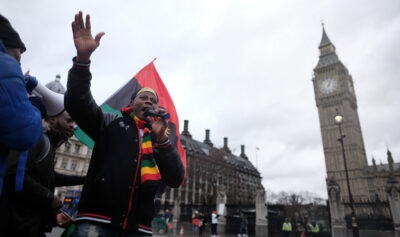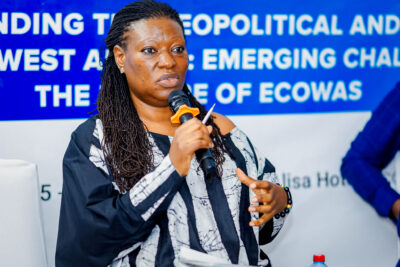 In an interview with Eren Güvercin, Olivier Roy tries to clear up some of the misconceptions that plague and exacerbate debates over the cultural commensurability of those two great, unwieldy abstractions, Islam and Europe:
In an interview with Eren Güvercin, Olivier Roy tries to clear up some of the misconceptions that plague and exacerbate debates over the cultural commensurability of those two great, unwieldy abstractions, Islam and Europe:
In your book you say that fundamentalist groups like al-Qaida have nothing to do with Islamic tradition. But in Europe the fundamentalist ideology is regarded as the essence of the traditional thinking. How do you explain this contradiction?
The sort of terrorism practised by al-Qaida has neither a Muslim nor a Christian history. It is an entirely new phenomenon. If we consider its manifestations – suicide bombing, killing hostages, targeting civilians – these are all methods that were used before al-Qaida by other organisations: the Tamil Tigers, for example used suicide attacks; the extreme right in Italy was responsible for the Bologna bombing in August 1980; and the al-Qaida video footage of the execution of foreign hostages in Iraq is a one to one “re-enactment” of the execution of Aldo Moro by the Red Brigades, with the organisation’s banner and logo in the background, the hostage hand-cuffed and blind-folded, the mock “trial” with the reading of the “sentence” and the execution. Al-Qaida’s modus operandi and organisation, the declared enemy of US imperialism, the recruitment of young Muslims educated in the west or converts to Islam, all this indicates clearly the al-Qaida is not the expression of traditional Islam or even fundamentalist Islam; it is a new understanding of Islam, cloaked in western revolutionary ideology.
Read the entire interview here, or the original German version, here.













It seems interesting to me that, in an attempt to promote Muslim women’s agency by banning the headscarf, France is, in fact, inhibiting the women’s agency with an imperialism many women wear the headscarf to oppose. Regarding Islam in France, laïcité and nationalism seem to be promoting the denial of recognition to Muslim “immigrants.” Laïcité, the French version of secularism, is the separation of church and state through the state’s protection of individuals from the claims of religion. Therefore, the French believe that the public sphere should be religiously neutral and the headscarf is a direct threat to that neutrality because it publicly portrays difference among citizens in a republic premised on equality. However, this equality is on France’s terms, without regard for the Muslim women the ban affects. Such attitudes promote “Islamophobia,” fueled by religious illiteracy. I believe Islam and Muslim women need to be recognized as they truly are, without influence from fundamentalist or radical groups—such groups exist in Christianity as well. In an age of globalization, pluralism is a fact of life. By creating the public sphere to be “religiously neutral,” France is not only oppressing Muslim women in much the same way as orthodox Islam, but creating a multiculturalism without culture.
Al-Qaida is indeed transforming and re-shaping Islam into a new religion to suit their militaristic and terroristic needs. Like all other religions, Islam is also susceptible to adapting to suit a certain faction’s requirements. This Neo-Islam is thinly disguised and presented to the outside world (and even current practitioners of Islam) as simply ‘Fundamentalist Islam.’ This is a necessary subterfuge, as human beings as a whole are generally scared of change and the new. By slapping a different, ‘safer’ name on their religious practices, Al-Qaida is simply cloaking their ulterior motive of converting others, especially youth, to their new and grossly different ‘religion.’ What is perhaps more shocking is the fact that other Muslims aren’t taking a stand against this attack on their traditional beliefs. With Al-Qaida gaining in influence, power, and press coverage every day, their new practices and messages are only getting out all the faster, with little response from mainstream Islamic practitioners. Perhaps, however, this is only the beginning of what will become a great schism in the faith, similar to Martin Luther and his 95 theses (albeit a more subtle one).